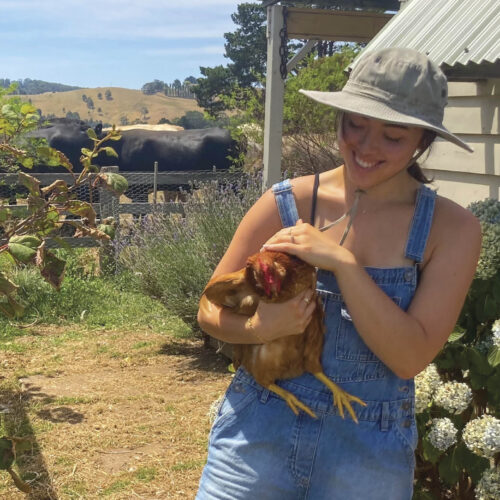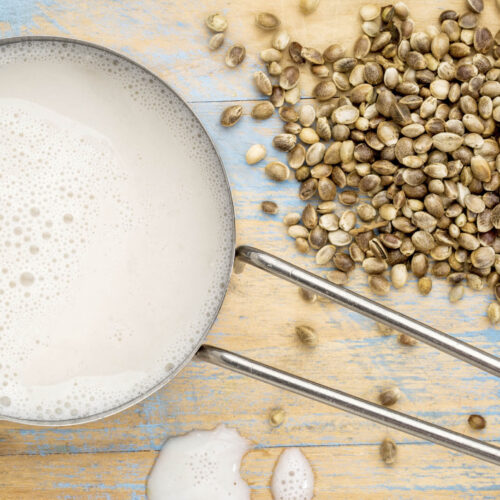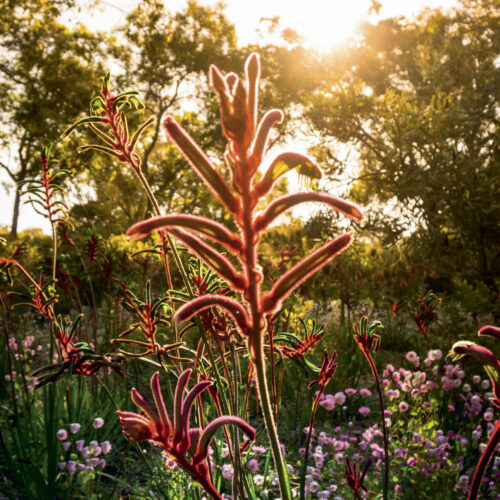For peat’s sake
2012-10-12T02:02:20+11:00
There’s no need to use peat moss, SIMON WEBSTER reports.
The Brits are getting serious about peat. Or rather, the lack of it. As explained in the New York Times this week, the UK Government, faced with the prospect of “peak peat”, has set up a peat task force to try to find a way to get home gardeners and the gardening industry to stop using the stuff.
Peat holds water and maintains its structure and is a valued ingredient in growing mediums. Because it is naturally acidic it is also favoured by growers of acid-loving plants such as blueberries and azaleas.
However, the mining of peat comes at a great environmental cost. Peat is made up of organisms such as sphagnum moss that, because they are in low-oxygen wetlands or bogs, decay very slowly. In the right conditions, peat will eventually turn into coal.
Peat bogs can be home to rare wildlife, play an important role in the water cycle by filtering water and preventing floods, and happen to store an estimated one-third of the world’s carbon.
When drained for agriculture or mined for peat, the wetlands, exposed to oxygen, start releasing methane and carbon dioxide like there’s no tomorrow (which there may not be, if we’re not careful).
Here is Australia, peat moss continues to be harvested in Tasmania, and to a lesser degree in Victoria, the ACT and NSW (where the Wingecarribee peatland collapsed in 1998 after being mined for peat for more than three decades).
Fortunately for gardeners, there’s no need to use peat moss. The Botanic Gardens Trust gets by without it so I’m sure the rest of us can
There is an excellent substitute for peat moss in the form of coir peat (also known as coco-peat). It’s a byproduct of the coconut industry in Asia, made from coconut husk, and can be bought in handy-sized blocks that are easily rehydrated.
(And it’s no new-fangled thing. According the UK Wildlife Trust it was commonly used before peat moss became popular in the 1950s).
The main problem with coir is how to pronounce it (I have settled on “koy-er” but am not very comfortable with that; maybe I should start saying “coco-peat” instead).
Some people say its outer crust dries out while coir underneath stays wet, which can lead to overwatering, so I suppose that’s something to watch out for. Otherwise, I reckon it’s great stuff: it holds moisture and leaves room for air too.
You can use coir as a substitute for peat moss in potting, propagating and seed-raising mixes. I’ve mixed coir, sand and sieved compost in roughly equal quantities and done all right. Water with seaweed as the seedlings grow.
If you want to acidify soil, say for blueberries, add powdered sulphur, compost and/or pine needles.
And for peat’s sake, say no to peat.





